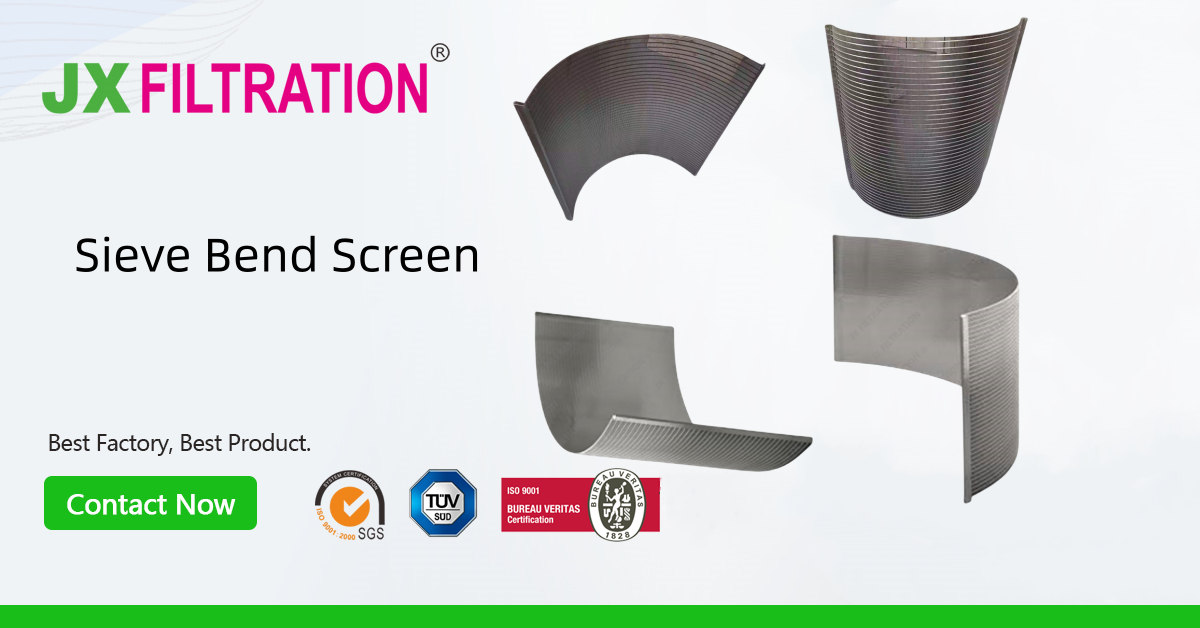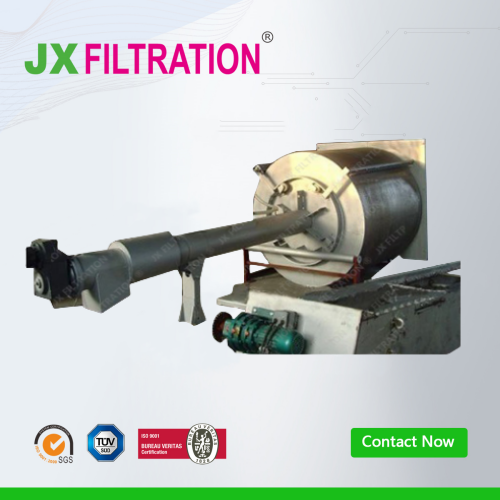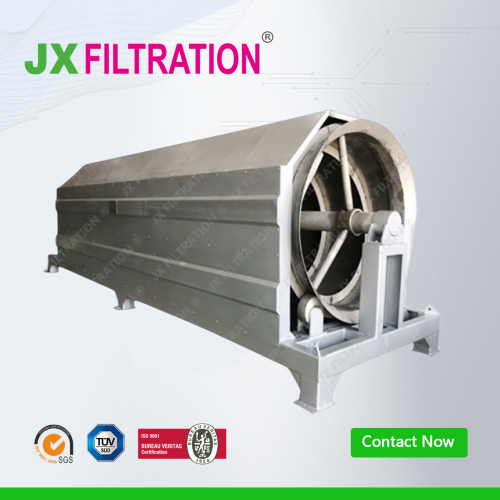What Is Sieve Bend Screen
1. Structure and Function
A sieve bend screen consists of a set of parallel metal or plastic bars, typically installed at an angle in channels or at the inlet of pump stations. Its primary function is to intercept large floating debris (such as branches, plastic bags, stones, etc.) and prevent clogging or damage to downstream equipment like pumps and treatment systems.

2. Classification and Features
By Screen Spacing:
-
Coarse: 50–100 mm
-
Medium: 10–40 mm
-
Fine: 1.5–10 mm
-
Ultra-fine: 0.5–1.0 mm
By Cleaning Method:
① Manual Cleaning:
Suitable for small-scale wastewater treatment plants where daily screenings are less than 0.2 m³. Installed at an inclination angle of 30°–60°, it requires more labor but has lower initial cost.
② Mechanical Cleaning:
Preferred for large-scale treatment plants, with inclination angles up to 90°, offering high automation and efficiency. Representative equipment includes:
-
Reciprocating rake mechanical screens
-
Rotary screens
-
Wire rope-driven drum screens
-
Drum-type screens
-
Step-type screens
These systems are capable of handling large volumes of screenings with high reliability.
Any Requirements, Contact Us Now!
Kris
Email/Teams: kris@filtrationchina.com
Mobile/Whatsapp/Wechat: +86 18980776200


